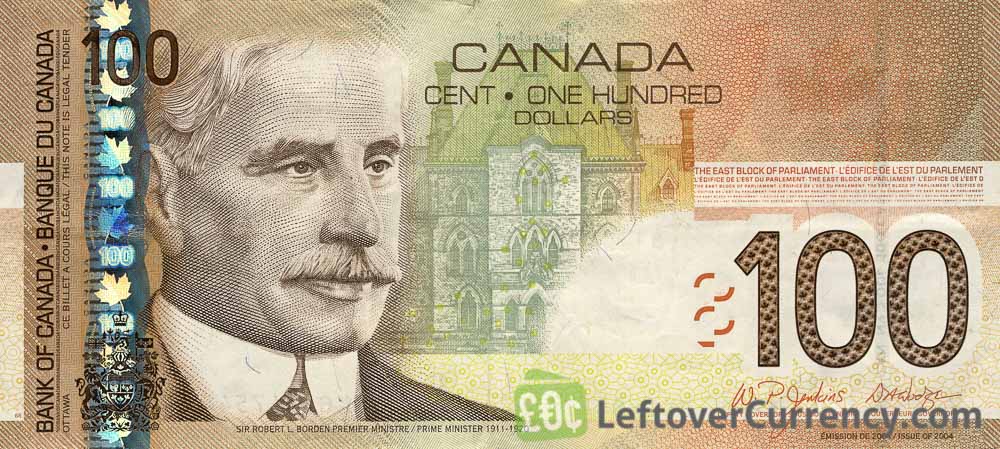The dollar in the 21st century
The Canadian dollar resumed its weakening
trend in 2000 and 2001, and touched an all-time low
of US$0.6179 on 21 January 2002. Through much of
this period, the U.S. currency rose against all major
currencies, reaching multi-year highs, supported by
large private capital flows in the United States owing
to continued robust U.S. growth and further strong
productivity gains. A decline in commodity prices in
2001, caused by an abrupt slowdown of the global
economy, led by the United States, also undermined
the Canadian currency. In addition, markets were
temporarily roiled by the terrorist attacks in the
United States on 11 September.
In this economically and politically uncertain
environment, central banks around the world lowered
interest rates to support demand and provide liquidity
to markets. The Bank of Canada reduced short-term
interest rates by 375 basis points through 2001 and
early 2002.
Through 2002, the Canadian dollar stabilized
and then began to recover as the global economy
picked up and as the U.S. dollar started to weaken
against other currencies. It appreciated sharply
through 2003 and 2004, peaking at over US$0.85 in
November 2004, a level not seen for thirteen years.
This was a trough-to-peak appreciation of roughly
38 per cent in only two years. The Canadian dollar’s
82 A History of the Canadian Dollar
93. LTCM was a well-respected hedge fund that included on its board two Nobel-Prize-winning economists,
Myron Scholes and Robert Merton. It was
highly leveraged, with assets of about US$130 billion on a capital base of about US$5 billion. The fund incurred large losses on trades in the swap,
bond, and equity markets that occurred when market liquidity dried up and spreads between government bonds and other instruments unexpectedly
widened sharply. LTCM also incurred losses on its portfolio of Russian and other emerging-market debt following the Russian default.
Editorial cartoon, 26 February 2002, Bruce MacKinnon/artizans.com
rise reflected a robust global economy, led by the
United States and emerging Asian markets
(particularly China),
which boosted the prices of
Canada’s commodity exports. As well, growing
investor concerns about the widening U.S. current
account deficit, undermined the U.S. unit against all
major currencies. While the Canadian dollar settled
back somewhat during the first half of 2005 as the
U.S. dollar rallied modestly against all currencies,
underpinned by rising U.S.-dollar interest rates, it
began to strengthen again through the summer,
supported by rising energy prices. Strengthening
against all major currencies, the Canadian dollar
touched a high of US$0.8630 on 30 September 2005.
In late October, it was trading for the most part in
a US$0.84–0.85 range, off its earlier highs as energy
prices retreated

